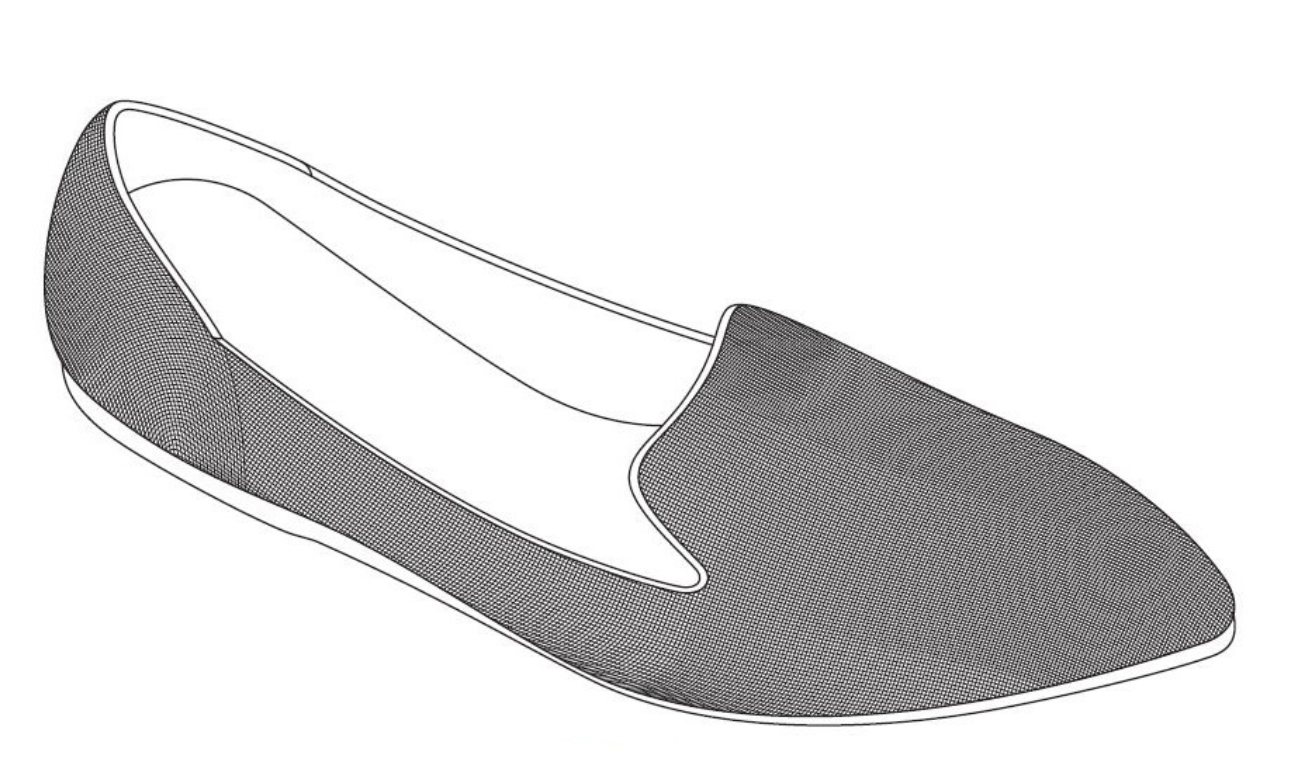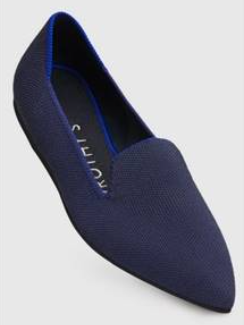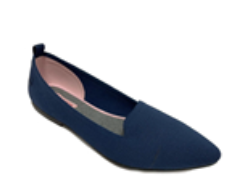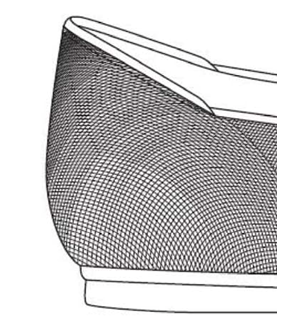In Rothy's v Giesswein, the Intellectual Property Enterprise Court (IPEC) found registered Community design (RCD) infringement in favour of the Claimant, Rothy's, a sustainable shoe brand from California, known for creating sustainable shoe designs in a knitted fabric created using recycled plastic yarn. Following the Supreme Court's 2016 decision in 'Trunki', this case highlights the importance of designers accurately representing new and innovative design features when applying to register a design. Notably, whilst the claim for RCD infringement succeeded, Rothy's was unable to establish unregistered Community design (UCD) infringement in relation to the same shoe design, owing to the difficulties it encountered in establishing that copying had taken place (a requirement for infringement of unregistered, but not registered, designs).
Background
Rothy's had pursued a claim against Giesswein Walkwaren, an Austrian shoe company, in respect of Giesswein's sale and marketing of a "Pointy Flat" loafer shoe, made in a knitted yarn made from recycled plastic. Rothy's was the first to apply knitted yarn fabric made of recycled plastic to ballerina flats. Its range of ballerina flats (released prior to Giesswein's Pointy Flat) included "The Flat", "The Point", and the "Pointed Loafer".
Rothy's claimed infringement of its RCD for the Pointed Loafer, as well as its UCD in the design of the Pointed Loafer as shown in images on its website and social media sites (the designs are represented below). Giesswein challenged the validity of the RCD over two prior shoe designs, the "Allegra K" and the "Bonnibel", neither of which were made from knitted yarn.

Rothy's RCD for the Pointed Loafer

Example image of the Pointed Loafer depicting the design protected by Rothy's UCD

An image of Geisswein's Pointy Flat
Decision
The IPEC found that Geisswein's Pointy Flat infringed the RCD. In coming to its conclusion, the Court emphasised the very wide degree of design freedom that designers of ballerina flats enjoy. Given the similarities of the design features of the Pointy Flat and the RCD, the most striking feature in both designs was the use of knitted fabric in the shoes' upper, which in this case was made of recycled plastic. The Court concluded that the Pointy Flat infringed the RCD and also that the RCD was valid over the prior art due to the use of knitted yarn as a design feature, which represented a significant departure for ballerina shoes.
To arrive at these findings, the Court had to interpret the black lines cross-hatched on the shoe upper in the RCD representation, and decide whether this depicted knitted yarn (as submitted by Rothy's) or whether, as argued by Giesswein, it depicted a general textured appearance (and not necessarily knitted) or simply that the shoe was three-dimensional (as in Trunki).

the black lines as shown in the RCD
The Court found that the RCD protected a shoe with a knitted fabric made with a heavy thread. This was due to the particular way in which the cross-hatched lines "radiate in a circular fashion", which was consistent with a knitted fabric. Following Trunki and the IPEC's more recent decision in Shnuggle v Munchkin (discussed in last year's Review), this crucial finding is a reminder of the importance of taking the time to produce a detailed design registration, especially when considering surface decoration and use of particular fabrics.
In relation to the UCD, although the Court held that the Pointy Flat produced the same overall impression, it did not find that the Pointy Flat was copied from the Pointed Loafer. Accordingly, Rothy's claim for infringement of the UCD failed. Although there was evidence that Giesswein had used The Flat and The Point extensively in its design process for the Pointy Flat, there was no evidence that the Pointed Loafer specifically had been referenced by Giesswein in this process, let alone copied. This was largely due to the Pointed Loafer being a limited edition. This is a reminder of both the difficulty of establishing copying when asserting unregistered Community designs (a requirement also when establishing copyright infringement and infringement of UK unregistered design rights) and therefore the benefit for designers in registering their most popular designs to avoid having to meet this burden.
Finally, this case also demonstrates the issues that may arise when parties use expert evidence in design right cases, particularly those about consumer products, given that it is for the Court to determine questions such as the interpretation of a registered design, the identity of the informed user, and the overall impression produced by the design. The Judge criticised the reliance upon expert evidence in this case - whilst reading the experts' reports helped him to 'don the spectacles' of the informed user, he would have preferred the parties to have produced an agreed, brief primer instead.
Concluding remarks - Brexit
It is worth noting that, as this decision was delivered shortly before the end of the Brexit transition period, the IPEC was considering EU design rights, namely RCDs and UCDs. Existing RCDs and UCDs (i.e., as at the end of the transition period) have been preserved in the UK through the creation of new UK rights. For new registered designs, however, designers now need to apply separately under the UK and EU regimes. For new unregistered designs, the UK has created a new 'supplementary unregistered design right' (SUDR), which mirrors the protection provided by UCDs.
However, due to uncertainties over the rules of first disclosure for both UCD and SUDR, designers face a potential gap in protection in relation to new designs. Options include filing for registered design protection in the EU and/or the UK; making a simultaneous disclosure in the UK and EU (e.g., via their website, though this is untested); disclosing in one territory and relying upon the 12 month grace period in order to make an application for registration in the other territory; and relying upon other rights where available, such as copyright and unfair competition.